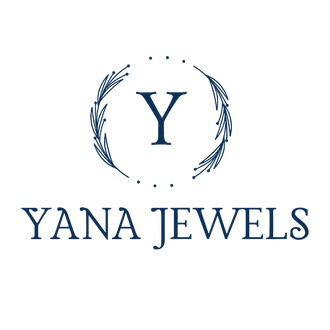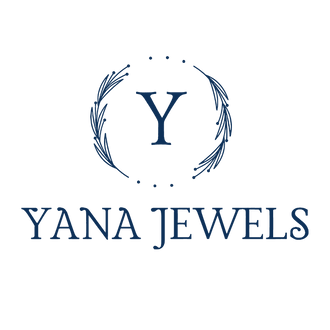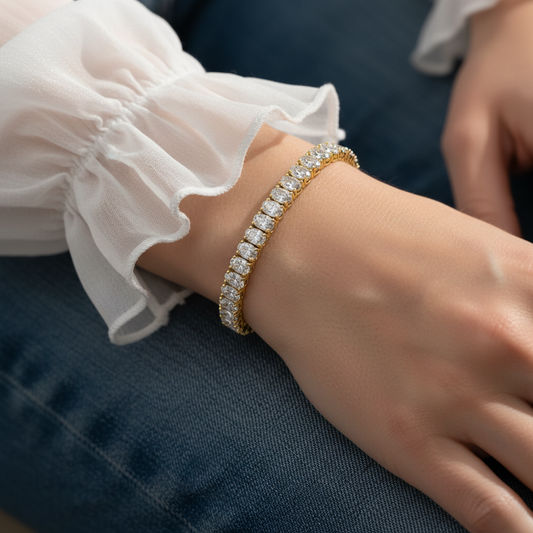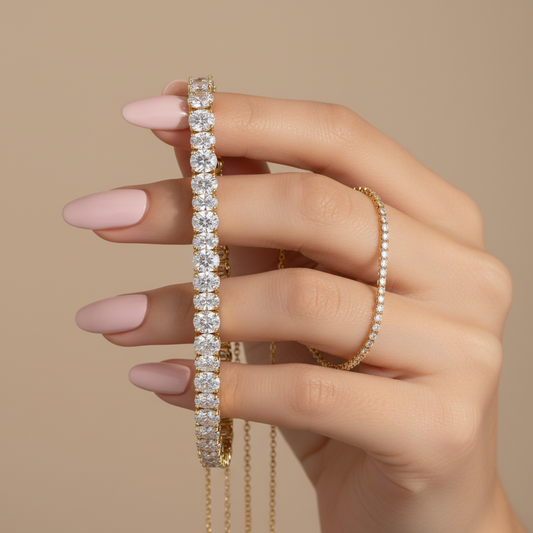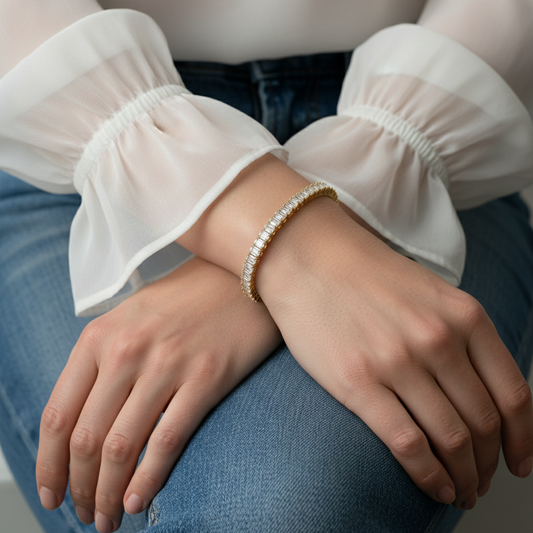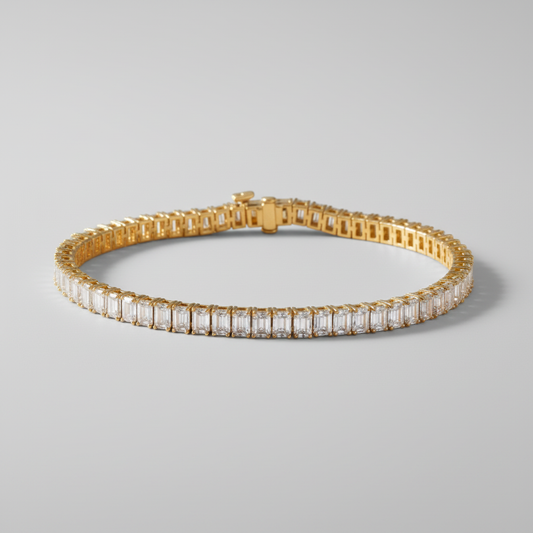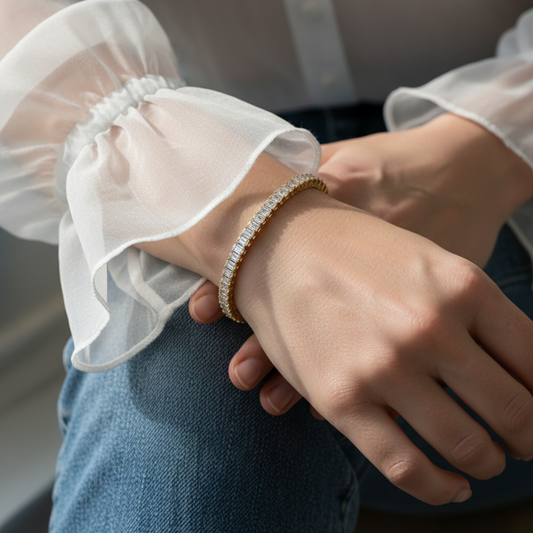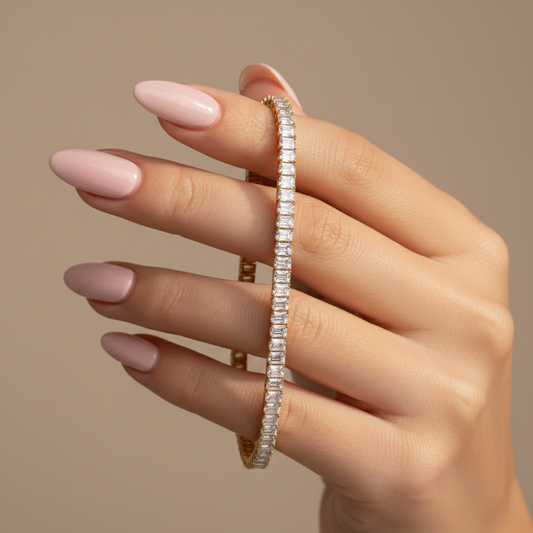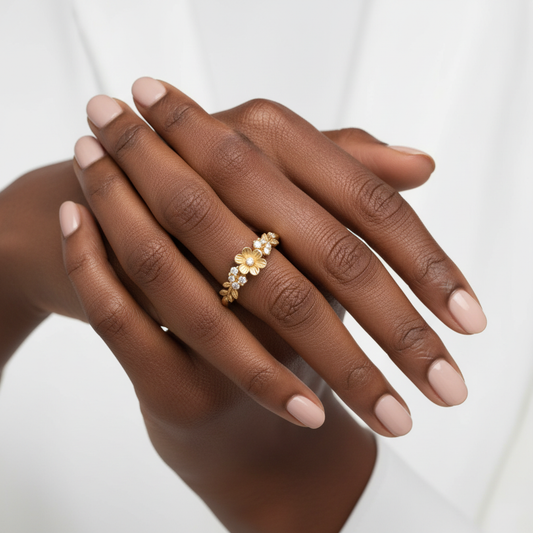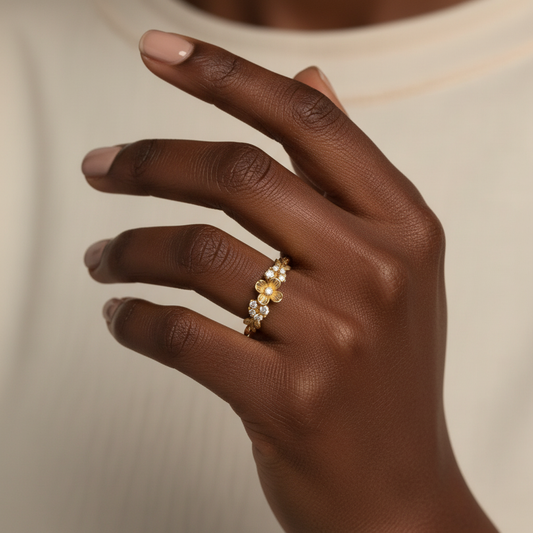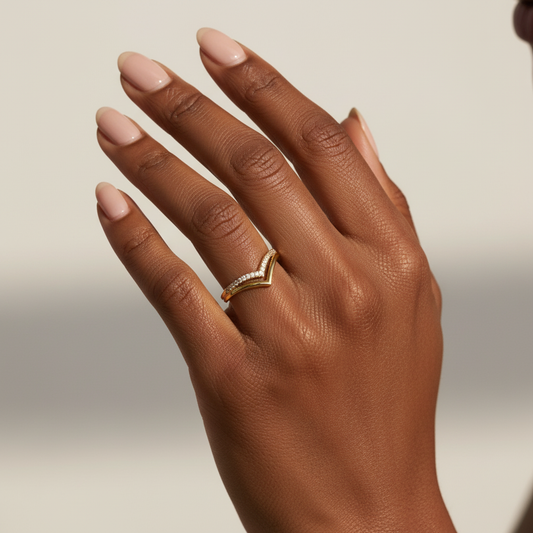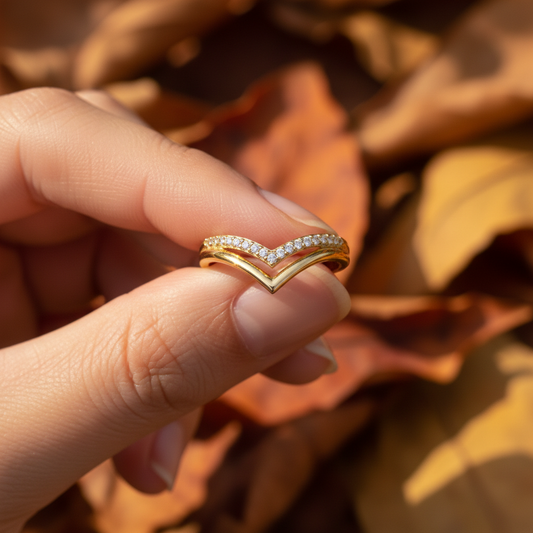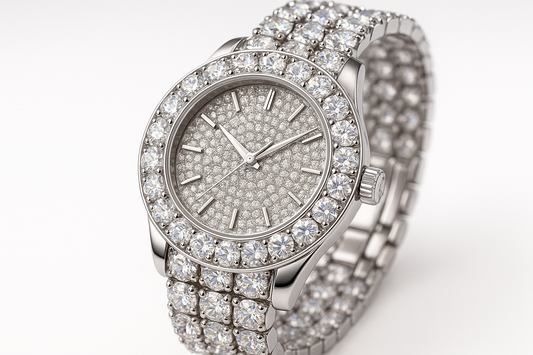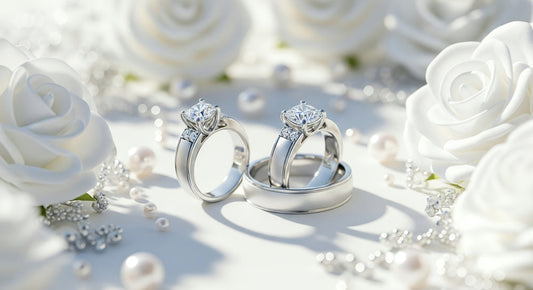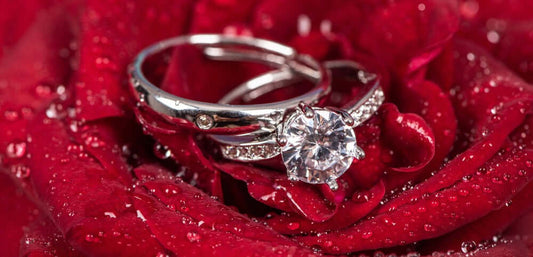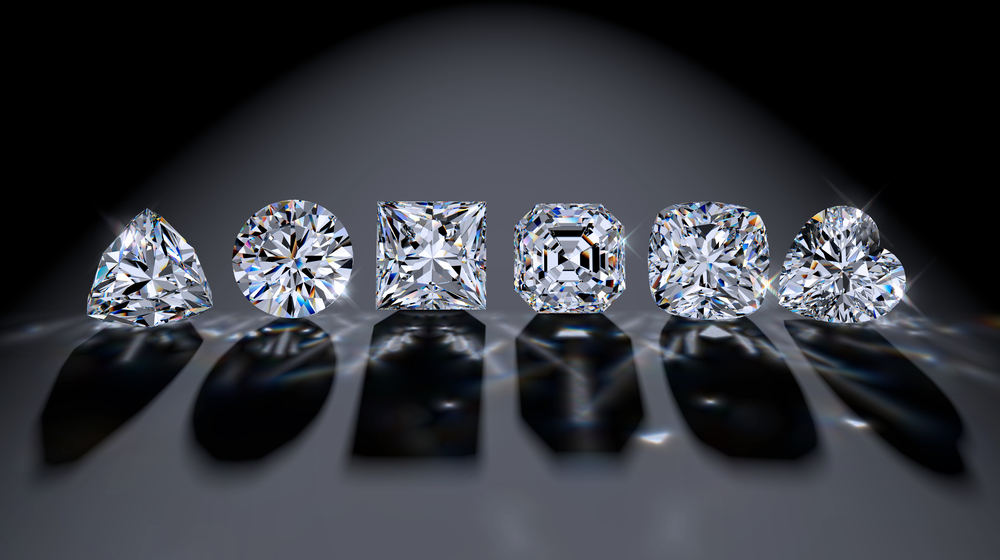
Is Moissanite Better Than Diamond? The Ultimate Comparison for 2025 Buyers
When choosing a gemstone for an engagement ring or fine jewelry in 2025, the moissanite vs diamond debate is a hot topic in the USA. Both gems offer stunning beauty, but they differ in cost, brilliance, and durability. Whether you’re drawn to moissanite’s pros and cons or the timeless allure of diamonds, this comparison will help you decide which is best for your needs. At Yana Jewels, we specialize in moissanite and lab-grown diamonds, offering affordable, ethical options for modern buyers. Let’s dive into the ultimate comparison to guide your 2025 purchase.
What Are Moissanite and Diamond?
- Moissanite: A lab-created gemstone made of silicon carbide, discovered in 1893 by Henri Moissan. It’s prized for its fiery sparkle and affordability, making it a popular diamond alternative.
- Diamond: A natural or lab-grown gem composed of pure carbon, known for its unmatched hardness and classic status. Lab-grown diamonds, chemically identical to mined ones, are increasingly popular for their ethical and cost benefits.
Comparing Moissanite vs Diamond: Key Factors
1. Cost: Affordability Face-Off
- Moissanite: Significantly cheaper, costing 10-20% of a diamond’s price. A 1-carat moissanite ranges from $300-$800, compared to $4,000-$6,000 for a natural diamond or $1,500-$3,000 for a lab-grown diamond.
-
Diamond: Natural diamonds are pricier due to rarity, while lab-grown diamonds offer savings but remain more expensive than moissanite.
Moissanite Pros: Budget-friendly, allowing for larger stones or intricate designs.
Moissanite Cons: Lower resale value compared to diamonds.
Verdict: Moissanite wins for cost-conscious buyers in the USA seeking moissanite vs diamond value. Explore Yana Jewels’ moissanite collection for affordable elegance.
2. Brilliance: Sparkle Showdown
- Moissanite: Known for its fiery brilliance, moissanite has a higher refractive index (2.65-2.69) than diamond (2.42), creating more intense rainbow flashes, especially in sunlight.
-
Diamond: Offers a balanced sparkle with white light reflections, considered more classic and subtle. Lab-grown diamonds match natural diamonds in brilliance.
Moissanite Pros: Exceptional sparkle that can outshine diamonds in certain lighting.
Moissanite Cons: Some may find its rainbow effect too bold compared to diamond’s white sparkle.
Verdict: Moissanite is ideal for those who love vibrant sparkle; diamonds suit those preferring traditional brilliance. See Yana Jewels’ sparkling designs to compare.
3. Durability: Toughness Test
- Moissanite: Scores 9.25 on the Mohs scale of hardness, making it highly durable for daily wear but slightly less resistant to scratches than diamond.
-
Diamond: The hardest known substance, scoring a perfect 10 on the Mohs scale, ideal for lifelong wear.
Moissanite Pros: Nearly as durable as diamond, suitable for active lifestyles.
Moissanite Cons: Slightly more prone to scratches over time compared to diamond.
Verdict: Diamond edges out for ultimate durability, but moissanite is a close second for practical use. Discover Yana Jewels’ durable moissanite rings.
4. Ethics and Sustainability
- Moissanite: Always lab-created, moissanite is inherently eco-friendly and conflict-free, with minimal environmental impact.
-
Diamond: Lab-grown diamonds are also ethical and sustainable, unlike mined diamonds, which can involve environmental disruption and ethical concerns.
Moissanite Pros: A green choice with no mining required.
Moissanite Cons: None in this category.
Verdict: Both moissanite and lab-grown diamonds are ethical winners for 2025 buyers in the USA. Check out Yana Jewels’ sustainable options.
5. Appearance and Perception
- Moissanite: Visually similar to diamond but may show slight color (near-colorless, D-H range) or rainbow flashes in certain lights. Most can’t tell the difference without specialized equipment.
-
Diamond: Perceived as the ultimate luxury gem, with lab-grown diamonds offering the same prestige at a lower cost.
Moissanite Pros: Looks nearly identical to diamond at a fraction of the price.
Moissanite Cons: Some buyers prefer the cultural cachet of a diamond.
Verdict: Moissanite is perfect for practical buyers; diamonds appeal to those valuing tradition.

Moissanite Pros and Cons Summary
-
Pros:
- Affordable (10-20% of diamond cost).
- Fiery, vibrant sparkle.
- Durable (9.25 Mohs scale).
- Eco-friendly and conflict-free.
-
Cons:
- Lower resale value.
- Slightly less durable than diamond.
- Rainbow flashes may not suit all tastes.
Which Should You Choose in 2025?
- Choose Moissanite if you prioritize affordability, vibrant sparkle, and sustainability. It’s ideal for moissanite vs diamond USA buyers seeking a budget-friendly, ethical gem that stands out.
- Choose Lab-Grown Diamond if you want the prestige and durability of a diamond at a lower cost than natural diamonds, with the same ethical benefits.
- Choose Natural Diamond if rarity and tradition are your top priorities, and budget isn’t a concern.
Why Shop at Yana Jewels?
At Yana Jewels, we offer expertly crafted moissanite and lab-grown diamond jewelry backed by a lifetime warranty and 24/7 customer service. Our custom design process lets you create a piece that fits your style and budget. As customer Siarhei Dzenisenka raved, “The quality, sparkles, and beautiful designer work is absolutely outstanding!!”
Find Your Perfect Gem
Ready to decide between moissanite vs diamond? Explore Yana Jewels’ moissanite and lab-grown diamond collections to find your dream piece. Start your custom design journey or browse our curated styles today. Contact us at Yanajewels1@gmail.com for personalized guidance. Shine bright with Yana Jewels!
